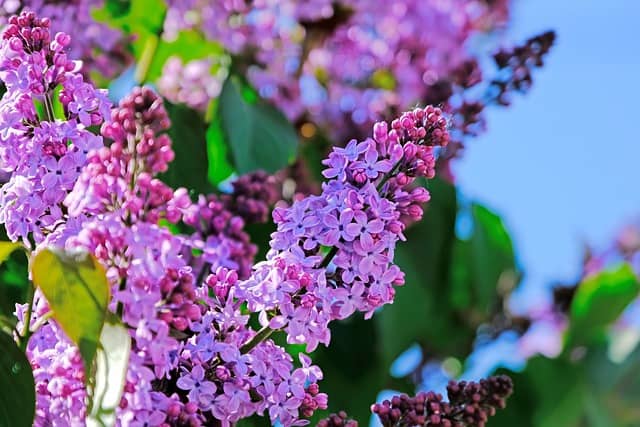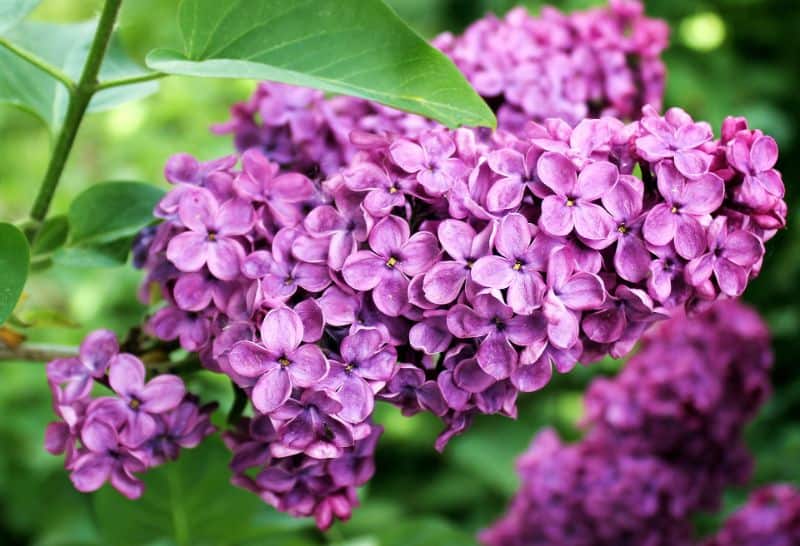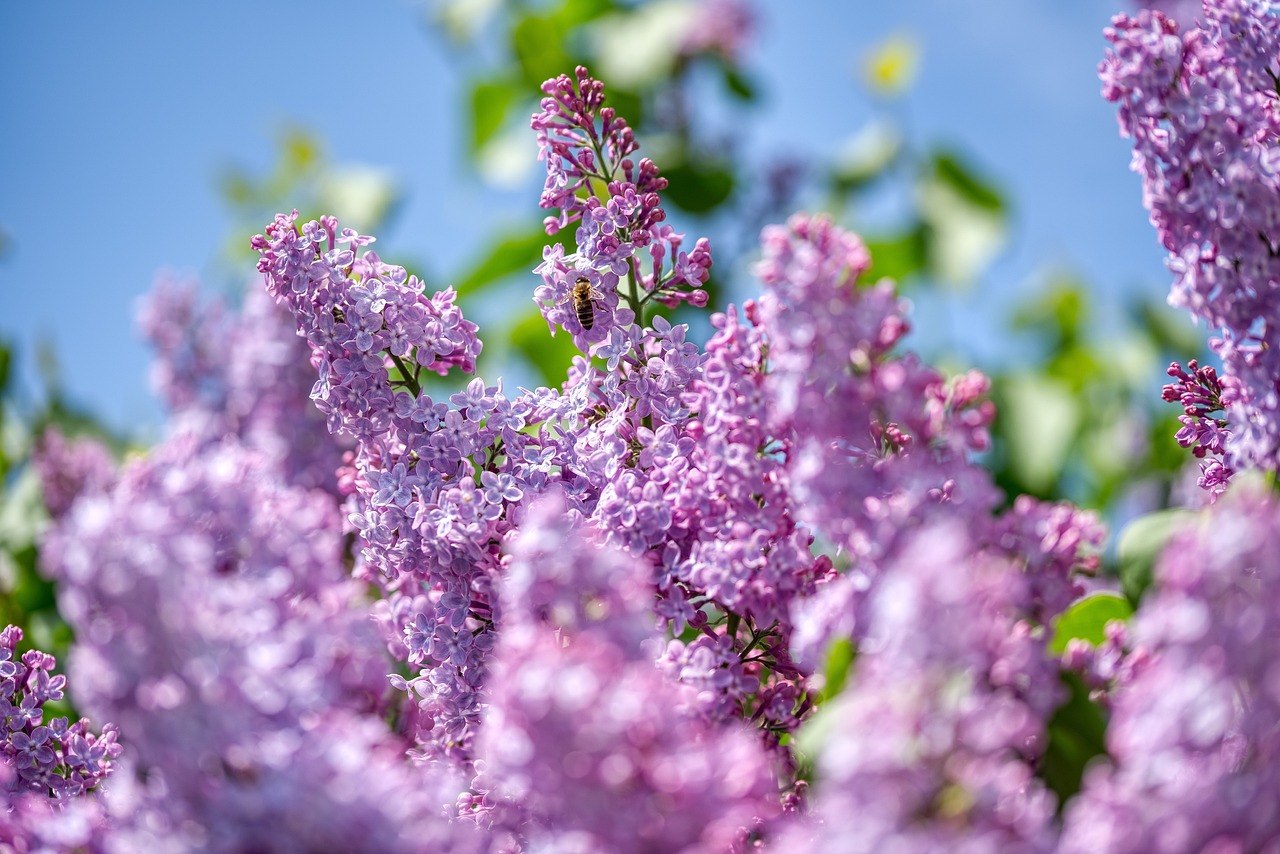This guide will walk you through the steps of propagating lilacs, ensuring you can enjoy their beauty for years to come.
Understanding Lilac Varieties

Before you get started, it’s essential to know that there are several species and varieties of lilacs, each with its unique characteristics. The most common types are:
Common Lilac (Syringa vulgaris): Known for its fragrant purple flowers and large, heart-shaped leaves.
Japanese Lilac (Syringa reticulata): Features white blooms and a more tree-like growth habit.
Dwarf Lilac (Syringa meyeri): A smaller variety with compact growth, making it ideal for smaller gardens.
Understanding the type of lilac you’re working with can guide your propagation method, as some varieties may respond better to certain techniques.
Propagation Methods
There are several methods for propagating lilacs, including seed propagation, cuttings, and layering. Each method has its advantages, and the best choice depends on your experience level and the resources you have available.
1. Propagating Lilacs from Cuttings
Taking cuttings is one of the most reliable ways to propagate lilacs. Here’s how you can do it:
Materials Needed:
Sharp, clean pruning shears
A clean pot or seed tray
Potting mix or seed starting mix
Plastic bag or plastic wrap
Rooting hormone (optional)
Steps:
Choose the Right Time: The best time to take cuttings is in late spring to early summer when the plants are actively growing.
Select Healthy Stems: Look for healthy stems that are 4 to 6 inches long. Young, non-flowering stems work best.
Make the Cut: Using sharp pruning shears, cut the stem just below a leaf node at a 45-degree angle. This increases the surface area for rooting.
Prepare the Cuttings: Remove any leaves from the lower half of the cutting, leaving a few leaves at the top.
Apply Rooting Hormone (optional): Dip the cut end of the stem in rooting hormone to encourage root growth.
Plant the Cuttings: Fill your pot or seed tray with potting mix and make holes for the cuttings. Insert the cuttings and gently press the soil around them.
Water and Cover: Water the cuttings thoroughly and cover them with a plastic bag or wrap to create a humid environment. Make sure the plastic doesn’t touch the leaves.
Provide Proper Care: Place the cuttings in a location with indirect sunlight. Check regularly, ensuring the soil stays moist but not soggy. After a few weeks, gently tug on the cuttings. If you feel resistance, they have developed roots.
Transplant: Once your cuttings have rooted and begun to grow, you can transplant them into larger pots or directly into your garden.
2. Propagating Lilacs by Layering
Layering is another effective method for propagating lilacs, especially for established plants.
Steps:
Choose a Flexible Stem: Identify a low-growing flexible stem on the lilac plant.
Wound the Stem: Make a small incision on the underside of the stem, about one-third through the stem. This helps encourage root growth.
Bury the Stem: Bend the stem to the ground, burying the wounded part in the soil while keeping the tip above ground.
Secure the Stem: Use a U-shaped pin or a stone to hold the buried section of the stem in place.
Water and Wait: Water the area well and keep it moist. In a few months, roots will develop, and you can separate the new plant from the parent.
3. Propagating Lilacs from Seeds
Although seed propagation can be less predictable, it’s still an option if you have patience.
Steps:
Collect Seeds: After lilacs have flowered, collect the seed pods. Wait until they turn brown and dry before harvesting.
Stratify the Seeds: To mimic natural conditions, stratify seeds by placing them in a damp paper towel inside a plastic bag in the refrigerator for about 30 days.
Plant the Seeds: After stratification, plant the seeds in pots filled with a well-draining potting mix. Cover lightly with soil.
Maintain Moisture: Water them gently and keep them in a warm area with indirect sunlight.
Transplant:After a few weeks, you should see germination. Once the seedlings have developed a few sets of true leaves, they can be transplanted into larger pots or directly into the garden. Make sure to harden them off before planting outside by gradually exposing them to outdoor conditions over a week or so.
Caring for Newly Propagated Lilacs

Once your lilacs are established, whether from cuttings, layering, or seeds, proper care will help them thrive.
Watering: Newly planted lilacs need consistent moisture, especially during the first year. Water them deeply weekly, but be careful not to overwater, as lilacs do not appreciate soggy roots.
Fertilizing: Use a balanced, slow-release fertilizer in the spring as new growth begins. Avoid fertilizing late in the growing season, as this can encourage new growth that may be vulnerable to winter conditions.
Pruning: Once established, prune lilacs after they bloom to remove spent flowers and shape the plant. This encourages new growth and improves air circulation, which helps prevent disease.
Sunlight: Lilacs prefer full sunlight, so ensure they are planted in an area that receives at least six hours of direct sunlight each day.
Potential Challenges in Propagation

While propagating lilacs can be rewarding, there are a few challenges to be aware of:
Pests and Diseases: Keep an eye out for common pests like aphids and spider mites, as well as diseases like powdery mildew. Proper spacing and airflow can help prevent issues.
Rooting Issues: If your cuttings aren’t rooting after several weeks, check for issues like overwatering or insufficient humidity. Adjusting the environment may be necessary for successful propagation.
Variable Results from Seeds: Seed propagation may yield plants that differ from the parent, as not all lilac varieties come true from seed. If you want identical plants, cuttings or layering are the better methods.
Conclusion
Propagating lilacs is a fulfilling activity that allows you to cultivate more of these stunning plants for your landscape or to share with friends and family. Whether you choose to propagate through cuttings, layering, or seeds, each method has its unique appeal and process.
So, roll up your sleeves and give it a try! With a bit of patience, care, and attention, you can successfully propagate lilacs and enjoy their beautiful, fragrant blooms for many seasons to come





